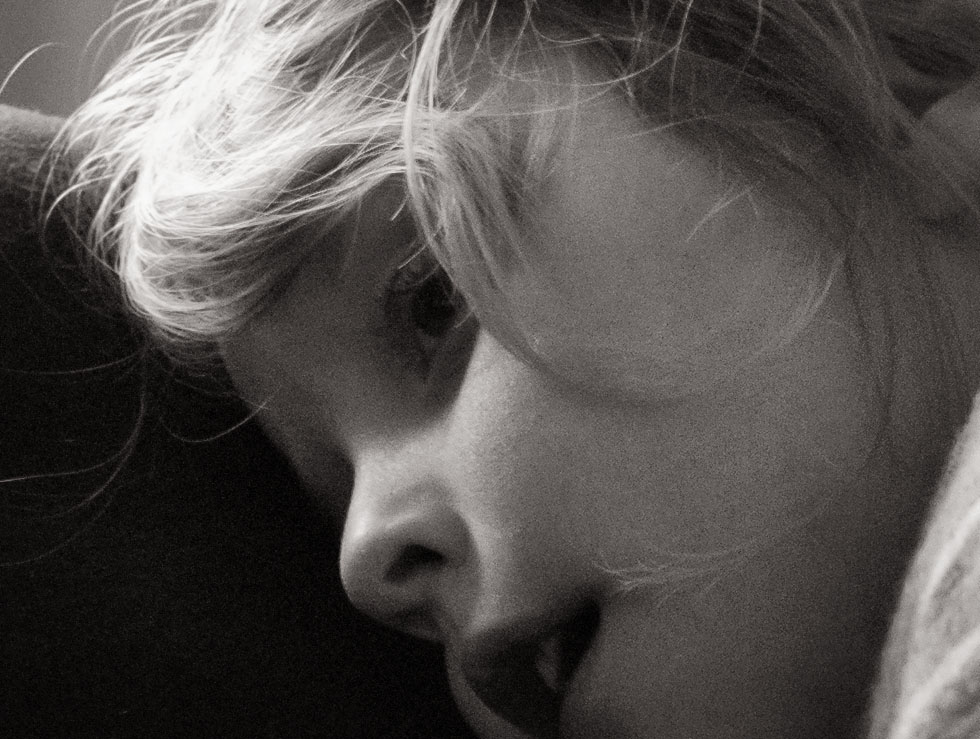Sonnar Brian
Established
I originally shot the sample shots using uncompressed DNG. I just compared the Histogram of the original sample image using Lightroom 3.3, and it is fully populated. It covers more of a spread than many of the "Live Images". Has a good tail to it, in the areas of black in the hair and pupil of the eyes.







